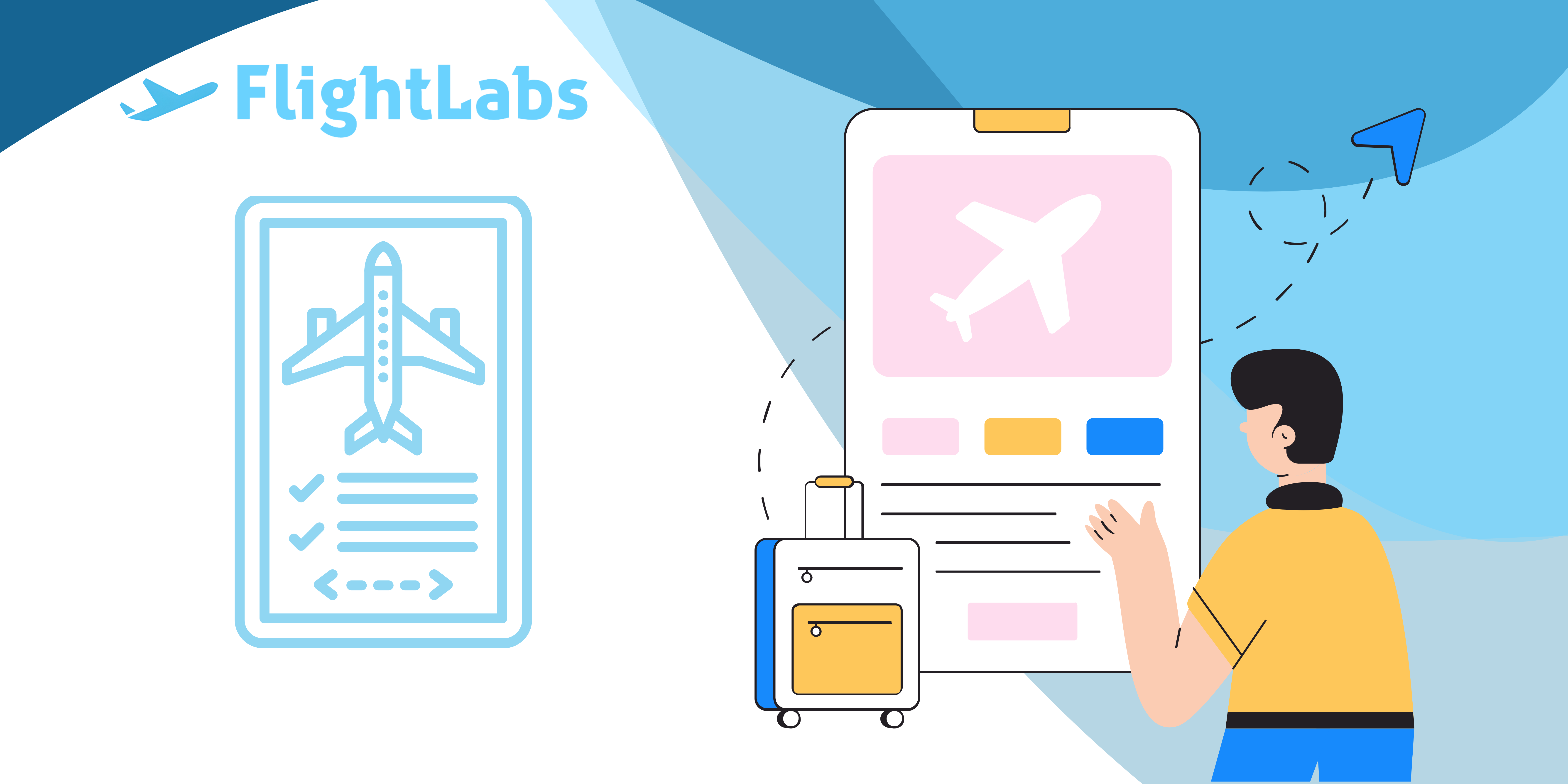Historical Flights API: Accurate Historical Flight Information

Historical Flights APIs provide access to a wealth of flight data spanning years. These APIs deliver detailed flight information, offering developers and businesses a robust tool for numerous applications. By understanding the significance of historical flight data, we can appreciate how these APIs are transforming the aviation industry and beyond.
Flight data isn’t just about knowing when and where an airplane took off or landed. It encompasses various details, such as flight paths, delays, cancellations, and even environmental data like weather conditions. Therefore, obtaining accurate historical flight information, through APIs like FlightLabs, is crucial for analyzing trends, making informed decisions, and improving customer experiences.
How Historical Flights APIs Work
The backbone of any Historical Flights API is its data collection process. This involves aggregating data from multiple sources, including airlines, airports, and aviation authorities. These sources provide real-time updates and historical records, which are then processed and stored in a centralized database.
Integration of this data is where the magic happens. The API must harmonize diverse data formats and ensure consistency. It’s a complex task requiring sophisticated algorithms and robust data management practices. The end result is a seamless interface where users can query historical flight information effortlessly. The architecture of a Historical Flights API is designed to handle vast amounts of data efficiently. It typically includes components like data ingestion systems, storage solutions, and query engines. The API’s functionality revolves around enabling users to access this data through simple, standardized requests.
Developers can retrieve specific flight details by making API calls, which are processed by the backend systems. These calls might include parameters like flight number, date range, or specific airports. The API then returns the relevant data in a structured format, often JSON or XML, making it easy to integrate into various applications.
Importance in Developer Projects and Business
For travel-related applications, historical flight data is invaluable. Developers can create more reliable and informative apps by incorporating this data. Users benefit from features like flight status history, which helps them understand the reliability of certain routes or airlines. This data can also power recommendation engines, offering personalized travel suggestions based on past flight performance.
Businesses leverage historical flight data for analysis and forecasting. Airlines use this data to optimize operations, predict demand, and plan schedules. Travel agencies analyze trends to tailor their offerings and improve customer satisfaction. Furthermore, historical flight data aids in market research, helping businesses identify growth opportunities and competitive advantages.
FlightLabs: Checking An Outstanding Historical Flights API
FlightLabs stands out as a premier provider of flight data APIs. Known for its comprehensive coverage and reliability, FlightLabs offers a suite of features tailored for developers and businesses alike. Its Historical Flights API is particularly noteworthy for its depth of data and ease of use.
The Historical Flights Endpoint is the star of FlightLabs’ offering. It grants access to years of flight data, enabling developers to perform detailed analyses and build robust applications. This endpoint supports queries by flight number, date range, and other parameters, returning comprehensive records of past flights.
Getting Started with FlightLabs: Step-by-Step Tutorial for Developers
Setting Up an Account
To start using FlightLabs, developers need to create an account on the FlightLabs website. The registration process is straightforward, requiring basic information like name, email, and organization details. Once registered, users receive an API key, essential for authenticating API requests.
Accessing the API
With an API key in hand, developers can begin making requests to FlightLabs. The documentation provided by FlightLabs is comprehensive, offering detailed instructions and examples. Developers can choose from various endpoints, each designed to retrieve specific types of data.
Conclusions: Revolutionizing the Path
The impact of Historical Flights APIs on the development landscape is profound. As more businesses and developers recognize their value, the demand for accurate and accessible flight data will continue to grow. FlightLabs, with its robust API offerings, is at the forefront of this transformation, making flight data integration more accessible and efficient than ever before.
In conclusion, Historical Flights APIs, particularly FlightLabs, are changing the way we access and utilize flight information. They empower developers to build innovative applications and help businesses make data-driven decisions. As the aviation industry evolves, these APIs will play a crucial role in shaping its future, offering unprecedented insights and capabilities.


